Pomegranate is one of the fruits of the tree, which often has seeds that are red, sometimes white, or colors in between. Its skin color is often red and black or yellow; This fruit is cultivated in few countries of the world such as Iran, Afghanistan, Pakistan, Iraq and Turkey, therefore it is one of the best fruits in the world. And it is part of the top 10 fruits in the world. This fruit has many benefits for humans. Pomegranate is a high antioxidant and has anti-tumor and anti-viral properties, in addition, it is a good source of vitamins A, E, C and folic acid. Iran’s exported pomegranate is one of the most marketable garden products with a record production of more than 1 million tons per year.
Characteristics of pomegranate
Pomegranate with the scientific name Putilica Grounttint belongs to the family Puuticaceae, genus Pitutica and species Gratuatti. The pomegranate tree is native to Iran and its neighboring areas. The English word Pomegranate is derived from the Greek language, which means an apple with many seeds. Pomegranate is a tree or shrub with many branches and leaves with irregular branches, more or less prickly and half-leaved, and leaves that grow in cold, subtropical, and Mediterranean regions. It reaches a height of 2 to 5 meters and is evergreen in hot and humid areas (tropical and mild winters).
Big pomegranate flowers are pomegranate red in color but odorless. Its fruit is spherical with different sizes and has a red or yellow skin. This tree needs a hot summer and a long and dry autumn in order for its fruits to bear fruit. Too much heat causes burns and too much cold causes it to burst and reduces the softness of the skin and the quality of the fruit. It has spread to other parts of the world. Pomegranate fruit is mostly consumed fresh, but all its parts including skin, core, juice and seeds can be used for different products.
Pomegranate varieties
Different varieties of pomegranate can be divided into the following general types:
A: Anaruhshi includes short and full-bodied pomegranates.
B: Cultivated and domestic pomegranates are also divided into three groups according to the time of ripening and harvesting.
1- Early sweet varieties that mature in early September.
2- Early varieties of sour which ripen in early September.
3- Sweet late varieties that mature at the end of September. The five important and well-known varieties of pomegranates exported in Iran (late, thick skin, red skin, and red seed) that meet the conditions for export are: Rabab Niriz, Jishra Cap Ferdous, Meles Saveh, Mikhosh (Mels) Yazd, Naderi (Natanz, Badroud) ).
Foreign figures
Wonderful variety (produced in Spain) – famous bases
In pomegranate, the root type is not considered and propagation is done by cuttings and root cuttings.
Pomegranate production areas:
The most important pomegranate-growing regions of the country are Fars, Isfahan, Khorasan, Markazi, Yazd, Kerman, Tehran, Semnan, etc., which includes a total of 23 provinces of the country. So far, 800 varieties of pomegranate are known in the world, of which 165 varieties are cultivated.
Iran’s export pomegranate target markets
Apart from the Persian Gulf countries, which are applicants for Iranian pomegranates, the Far East countries, especially Japan, South Korea, are among the important countries for the export of this product due to their natural characteristics and their belief that pomegranates have the elixir of youth.
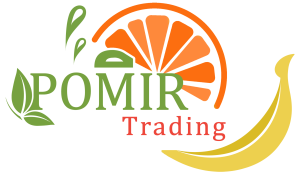

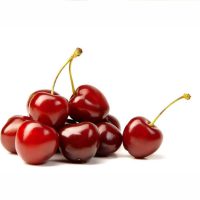
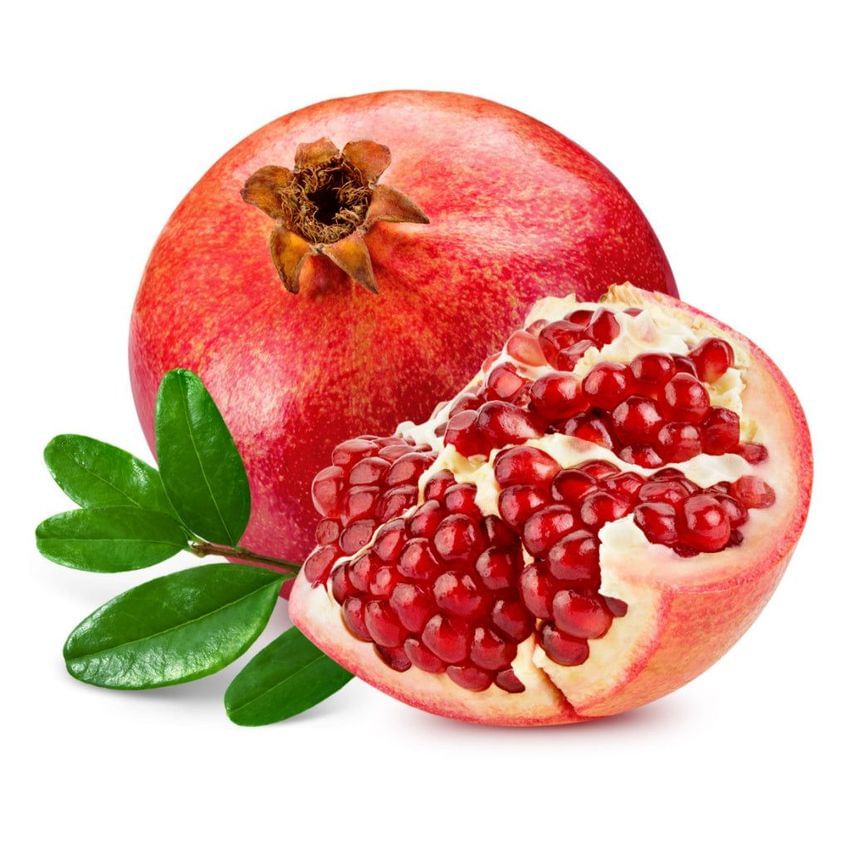
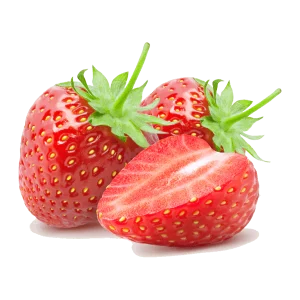
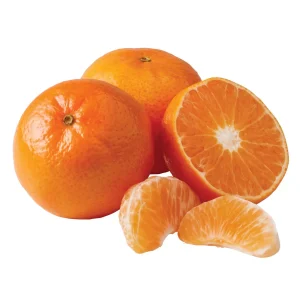


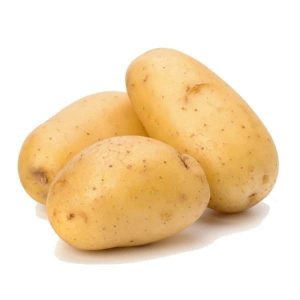
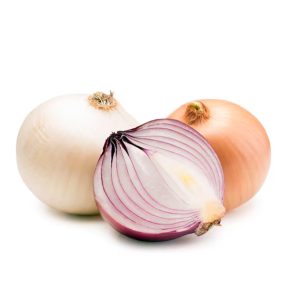
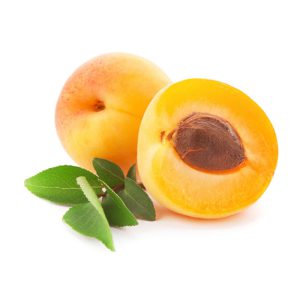
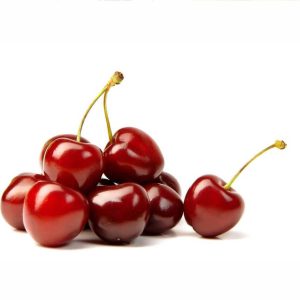
Reviews
There are no reviews yet.